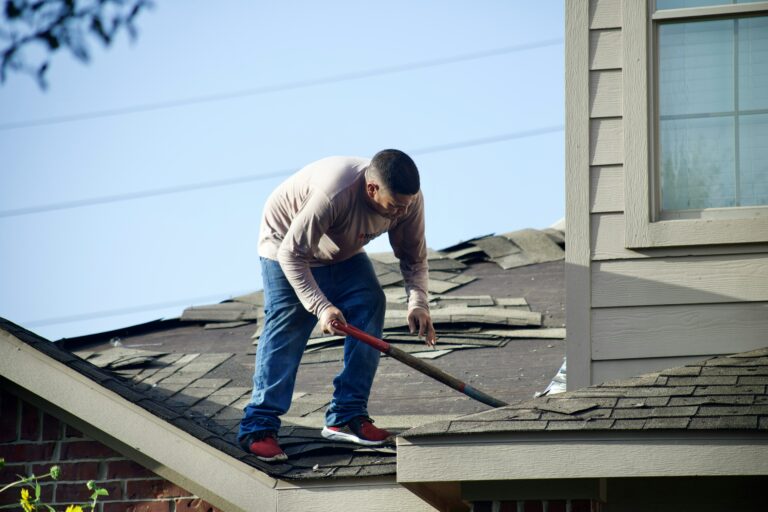Maintaining clean and healthy indoor air quality is crucial for a comfortable living environment. In this comprehensive guide, we will explore effective strategies to improve air quality within your home. From regular cleaning routines and humidity control to proper ventilation and the use of air purifiers, these steps will help reduce allergens, pollutants, and other harmful substances. By implementing these practices, you can create a healthier and more pleasant atmosphere for you and your loved ones.
- Keep Your Home Clean:
Regular cleaning is the foundation of good indoor air quality. Dust, pet dander, and allergens can accumulate over time, so be diligent in dusting surfaces, vacuuming carpets, and mopping floors. Focus on frequently used areas such as bedrooms, living rooms, and kitchens to minimize the buildup of pollutants.
- Control Humidity Levels:
Excessive humidity fosters the growth of mold, mildew, and dust mites, leading to poor air quality. Utilize dehumidifiers in damp areas like basements and bathrooms to regulate moisture levels. Proper ventilation, including exhaust fans, will also help reduce humidity buildup.
- Banish Smoking and Limit Chemicals:
Tobacco smoke contains harmful chemicals that significantly impact indoor air quality. Make your home smoke-free to safeguard the health of everyone inside and maintain air quality. Reduce the use of chemical-laden cleaning products by opting for natural alternatives whenever possible, reducing volatile organic compounds (VOCs) in the air.
- Ventilate Properly:
Adequate ventilation is essential for clean indoor air. Open windows whenever weather permits to allow fresh air to circulate throughout your home. Consider installing and regularly maintaining air filters and ventilation systems to remove airborne particles and improve air exchange.
- Monitor and Maintain HVAC Systems:
Heating, ventilation, and air conditioning (HVAC) systems play a crucial role in maintaining indoor air quality. Regularly inspect and clean air ducts, change filters as recommended, and schedule professional maintenance to ensure optimal performance. By doing so, you prevent the circulation of pollutants and maintain a healthier environment.
- Use Air Purifiers:
Air purifiers equipped with high-efficiency particulate air (HEPA) filters effectively capture and remove pollutants such as dust, allergens, and pet dander. Consider investing in air purifiers for key areas like bedrooms or living rooms to enhance indoor air quality.
- Embrace Natural Ventilation:
Take advantage of natural ventilation opportunities. Opening windows and doors during mild weather conditions allows fresh air to flow in, reducing the accumulation of pollutants.
- Maintain a Healthy Living Environment:
Promote a healthy living environment by adopting habits that contribute to better indoor air quality. Encourage a “shoes-off” policy at the entrance to prevent tracking outdoor pollutants inside. Regularly launder bedding, curtains, and fabric-based items to minimize allergens and dust mites.
Enhancing indoor air quality is vital for creating a healthy and comfortable home environment. By implementing the strategies outlined in this comprehensive guide, including regular cleaning, humidity control, proper ventilation, and the use of air purifiers, you can significantly improve the air you breathe. Remember, these small steps contribute to a healthier and more pleasant living space for you and your family. Invest in your well-being by prioritizing clean indoor air quality.



